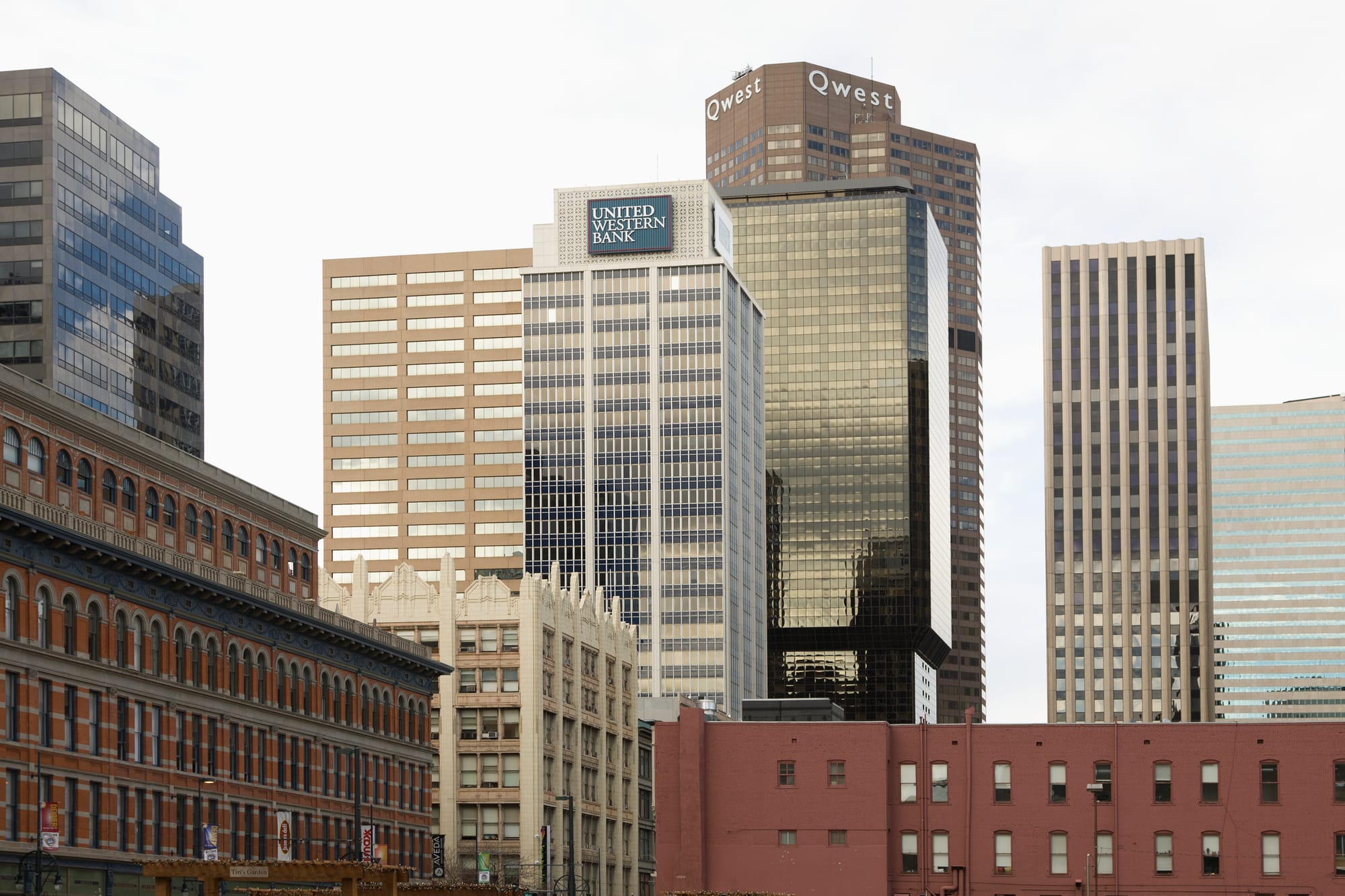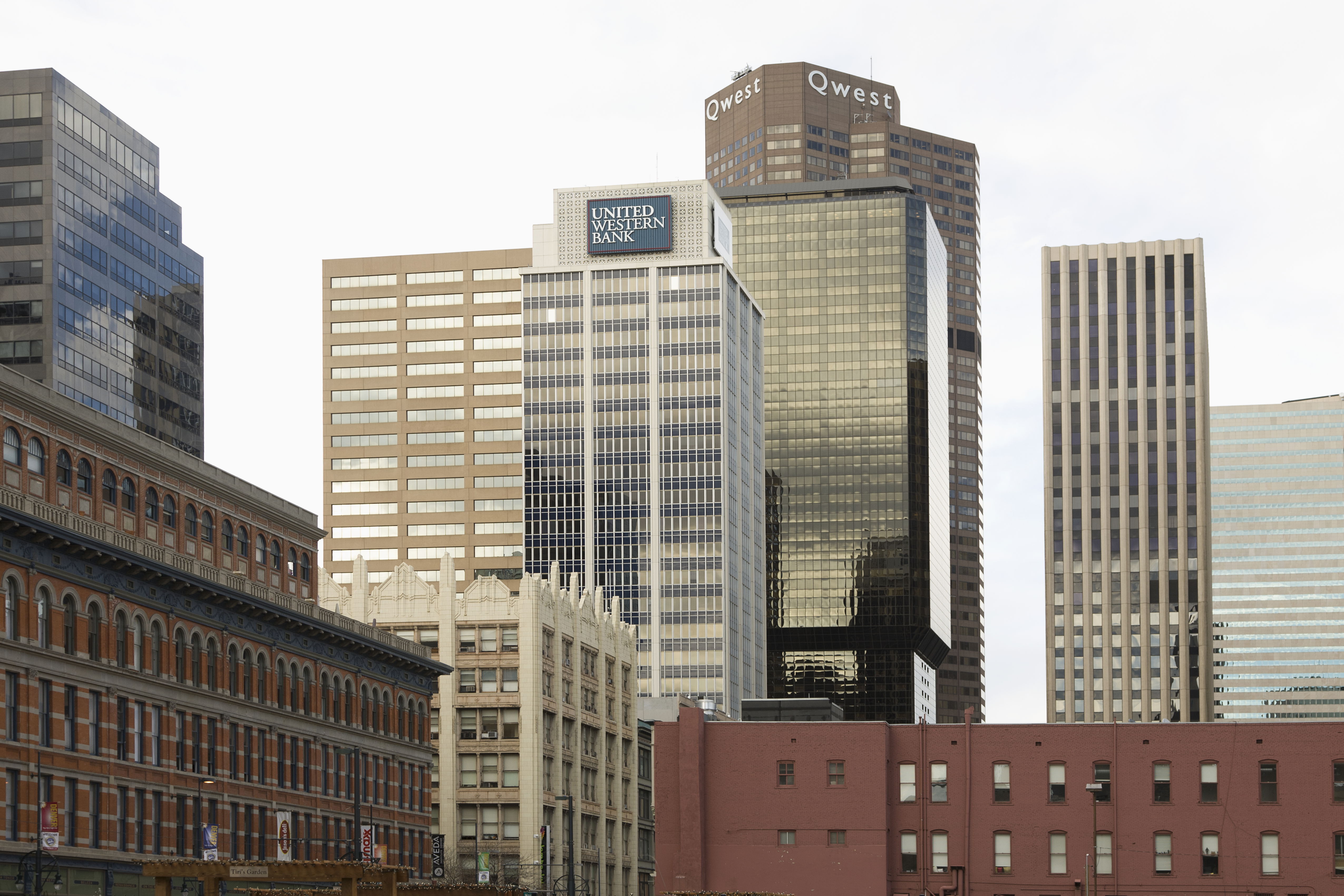

In 2018, James, a real estate investor specializing in commercial properties, identified a prime opportunity in a downtown office building that had been vacant for over a year. The building, a 12-story structure built in the 1980s, had lost its major tenants due to outdated facilities and increased competition from newer, more modern office spaces. The building’s owner, a local real estate firm, was struggling to lease the space and was considering selling the property at a loss due to the high carrying costs.He saw potential in the building due to its excellent location and solid structure and also believed that with strategic renovations and a targeted leasing strategy, the building could be repositioned as a modern, desirable office space for businesses looking to establish a presence in the city’s central business district. However, rather than purchasing the property outright, he proposed a master lease with an option to purchase, allowing him to take control of the property with minimal upfront investment.Strategy: His strategy involved negotiating a master lease that gave him control over the building for seven years, with an option to purchase at a pre-negotiated price. He planned to use the income from new leases to fund the necessary renovations, modernize the facilities, and attract high-quality tenants. The goal was to significantly increase the building’s net operating income (NOI) and market value before exercising the purchase option.Execution: Negotiating the Master Lease and Purchase Option:
- James negotiated a seven-year master lease with no upfront payment, agreeing to cover all operating expenses, including property taxes, insurance, and maintenance, in exchange for full operational control of the building.
- The purchase price was set at $10 million, based on the building’s current condition and income potential.
- Modernization and Infrastructure Improvements: He began by addressing the most critical infrastructure issues, including upgrading the HVAC system, installing energy-efficient lighting, and renovating the lobby and common areas to create a more modern and appealing environment. He also upgraded the building’s elevators and restrooms, making them more efficient and comfortable for tenants. These improvements were funded using the rental income generated from the few existing tenants and from new leases secured during the renovation process.
- Leasing and Occupancy: He implemented a targeted leasing strategy, focusing on attracting technology firms, startups, and creative businesses that were seeking flexible office spaces in a prime downtown location. He offered competitive lease terms, including shorter lease durations and customizable office layouts, to appeal to these tenants. Within two years, James increased occupancy from 20% to 90%, with higher-quality tenants paying market-rate rents.
Financial Breakdown of Success:
- Initial Property Value (Before Improvements): Property Value: $10 million Current Annual Gross Income: $400,000 (20% occupancy, average rent of $25/sq. ft. for 80,000 sq. ft.) Operating Expenses: $300,000 (due to high maintenance costs and underutilization) Net Operating Income (NOI): $100,000 Cap Rate: 4% (reflecting market conditions for underperforming office buildings)
- Post-Improvement Scenario (After 2 Years): Increased Occupancy: 90% (144,000 sq. ft. occupied at $35/sq. ft. after renovations and new leases) New Annual Gross Income: $5.04 million (90% occupancy, 144,000 sq. ft. at $35/sq. ft.) Operating Expenses: $1.5 million (increased due to additional maintenance and management costs for the fully occupied building) New NOI: $3.54 million Cap Rate: 6% (reflecting improved market conditions and stabilized property)
- New Property Value (After Improvements): New Property Value: NOI / Cap Rate = $3.54 million / 0.06 = $59 million
- Equity Created: New Property Value: $59 million Purchase Price: $10 million (pre-negotiated) Equity Created: $59 million - $10 million = $49 million!!!
- Return on Investment (ROI): Since James used the property’s income to fund the renovations and improvements, his personal financial investment was minimal. The equity created, $49 million, represents the return on his strategic management and improvement efforts.
ANYONE can do this if they fully understand how to stucture a Master Lease www.MillionDollarMasterLeases.com Think about it; Not only are "For Sale" properties an option but now "For Lease" as well! Your potential pipeline has now doubled. You can acquire 7,8 even 9 figure real estate assets with minimal to no cash out of pocket and NO traditional bank financing. This is a game changer.
Mark McClure